Won-Dollar Exchange Rate Surpasses ‘Psychological Resistance Line’ of 1,400, Signaling Weakened Economic Resilience in Korea
Input
Modified
Concerns Mount over $350 Billion U.S. Investment Package Fears of Accelerating Foreign Capital Flight Warnings of “Exposure of Korea’s Internal Vulnerabilities”
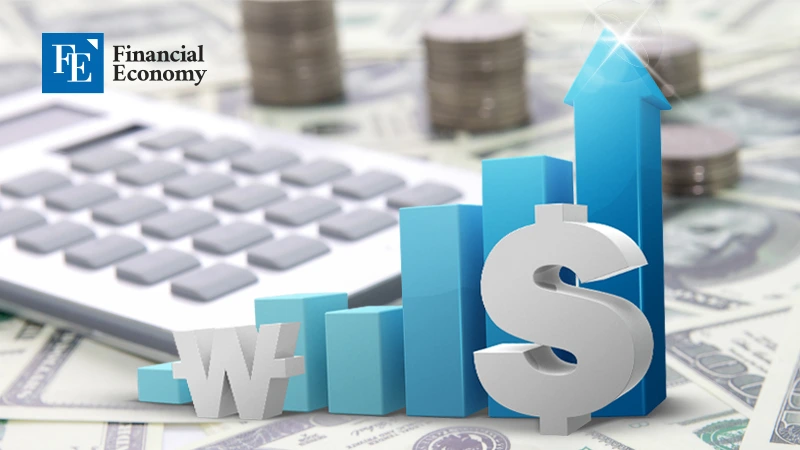
The won-dollar exchange rate has once again breached the psychological threshold of 1,400 within just a month, heightening anxiety across domestic and global financial markets. The sharp depreciation of the won—despite the absence of political instability akin to an impeachment crisis—underscores the weakening resilience of the Korean economy, reflecting both fears of foreign capital outflows and global skepticism toward the government’s fiscal soundness.
Impact of Uncertain Tariff Negotiations
On September 25, the Seoul foreign exchange market opened with the won trading at 1,403 per dollar, up 5.5 won from the previous day. Compared with June 30 (1,356.4), the rate marks a 3.4% rise in the exchange rate (depreciation of the won). It is the first time since August 22 that the rate has climbed back above the 1,400 mark during regular trading, representing the steepest depreciation among major currencies in the second half of the year. In overnight trading, the won briefly weakened to 1,405.5, amplifying concerns over currency instability.
Analysts attribute the weakness of the won to heightened uncertainty surrounding Korea’s controversial $350 billion U.S. investment package and tariff negotiations. During his trip to the U.S. for the UN General Assembly, President Lee Jae-myung met with Treasury Secretary Scott Bessent, emphasizing that “Korea is fundamentally different from Japan in terms of economic scale, foreign exchange markets, and infrastructure” in relation to the recent bilateral investment agreement. His remarks were interpreted as a renewed call for a currency swap with Washington, given the lack of progress in prior requests.
Rising dollar demand stemming from individual and institutional overseas investments, as well as direct corporate investment in the U.S., has further exacerbated pressure on the won. Comments by Federal Reserve Chair Jerome Powell, warning that “cutting rates prematurely could jeopardize inflation control,” reinforced expectations of prolonged monetary tightening, driving the dollar higher. Simultaneous euro weakness and worsening corporate sentiment in Germany have further fueled the global dollar rally.
Next Ceiling at 1,420, Continued Downside Pressure for Korea
Market observers now view 1,420 per dollar as the next meaningful ceiling after the breach of the 1,400 psychological threshold. In a report on September 25, Moon Da-woon, an analyst at Korea Investment & Securities, noted: “The depreciation pressures on the won are being driven by both domestic and external factors. With the 1,400 level decisively breached, the next significant ceiling is 1,420.” However, he also suggested that further upward momentum may be capped by government intervention risks, valuation concerns, and an expected inflow of corporate dollar-selling (exporter settlements).
Moon further highlighted that the won is simultaneously under domestic pressure from uncertainty over U.S. investment negotiations and external pressure from the Fed’s hawkish stance and Powell’s tightening bias. He outlined three potential near-term triggers for stabilization.
The first is the release of August core PCE data on September 26, which is expected to show deceleration. “While some warn of deterioration in consumption indicators, if inflation fears ease and recession concerns gain traction, a pullback in the dollar could follow,” he noted.
The second is the concentration of exporter settlements at month- and quarter-end, especially ahead of Korea’s extended Chuseok holiday. The third is the U.S. employment report due October 3, where markets may shift focus toward weakening labor demand. Still, Moon cautioned that “despite these factors, uncertainty over the U.S. investment package will remain a persistent upward driver for the exchange rate, as any agreement will still impose negative pressures on the Korean economy—only varying in degree.”

Annual Interest Burden on National Debt Tops $30 Billion, Fueling FX Risks
The greater concern is that as the won weakens, foreign investors are likely to scale back their holdings of Korean equities. On September 25, foreigners offloaded roughly $1 billion in local stocks, dragging the KOSPI down about 0.3% in tandem with the exchange rate. “The breach of the 1,400 mark is not a one-off event but a clear signal of deteriorating economic fundamentals,” said one financial industry source. “If Korea’s internal fundamentals were robust, the economy would have shown more resilience against global dollar strength.”
Another market official added: “With foreign investors turning net sellers, there is little meaningful capital inflow to support the won. Meanwhile, strong dollar demand for import settlements and overseas investments is dominating market flows, further fueling exchange rate pressures.”
Korea’s continued fiscal expansion despite not being a reserve currency issuer has also emerged as a vulnerability. According to the National Assembly Budget Office and the Ministry of Finance, government interest payments on sovereign debt reached $28 billion at the end of last year, up 51.4% from $18.6 billion in 2020. Interest costs have been rising at an annual pace of about 13%, and are projected to surpass $30 billion this year, with a similar amount already allocated in the budget.
The surge in interest obligations stems from an increase in treasury bond issuance amid chronic revenue shortfalls. Government debt stood at $1.14 trillion at the end of last year, up 39.3% from $819 billion four years earlier. Treasury bonds accounted for 92% of the total. The share of debt servicing costs in overall government spending has also risen—from 3% in 2020, to 4% in 2023, and 4.4% last year.
Experts warn of a vicious cycle of “borrowing to repay debt.” Compounding matters, large volumes of treasury bonds issued during the pandemic are maturing—$94 billion this year and $98 billion next year. Since lump-sum repayment is unfeasible, the government will have to issue new bonds to refinance old ones, which could drive down bond prices (raise yields) and further inflate debt-servicing costs.

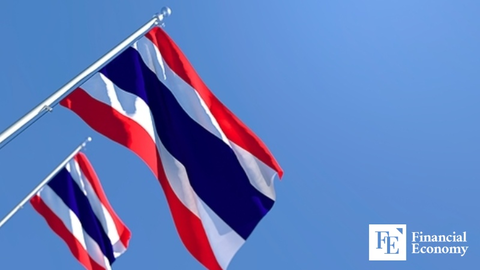

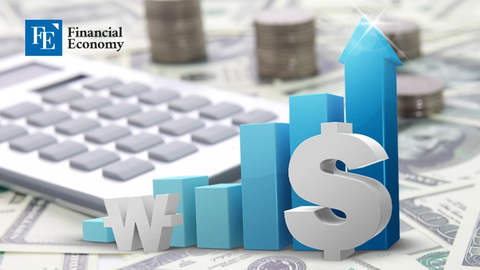

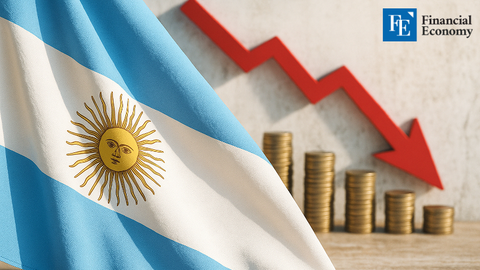
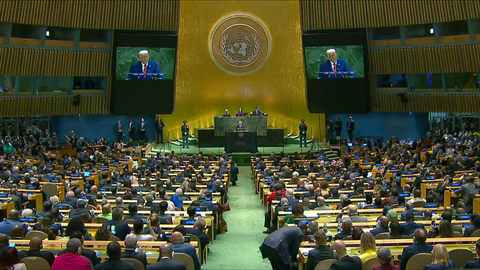
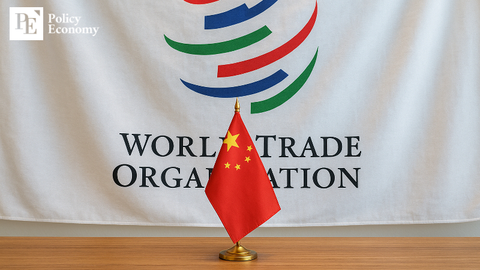

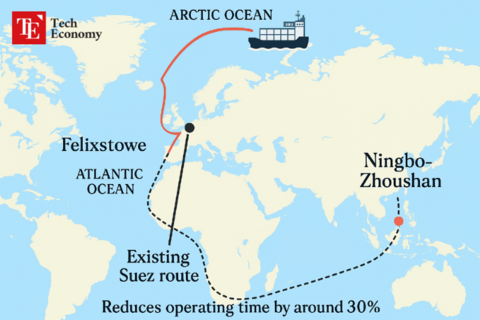












Comment